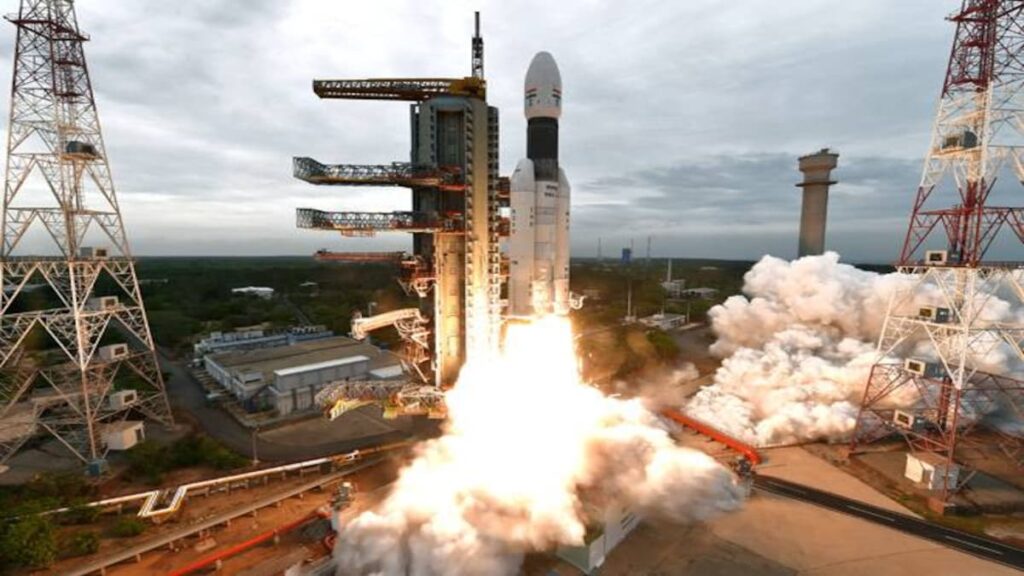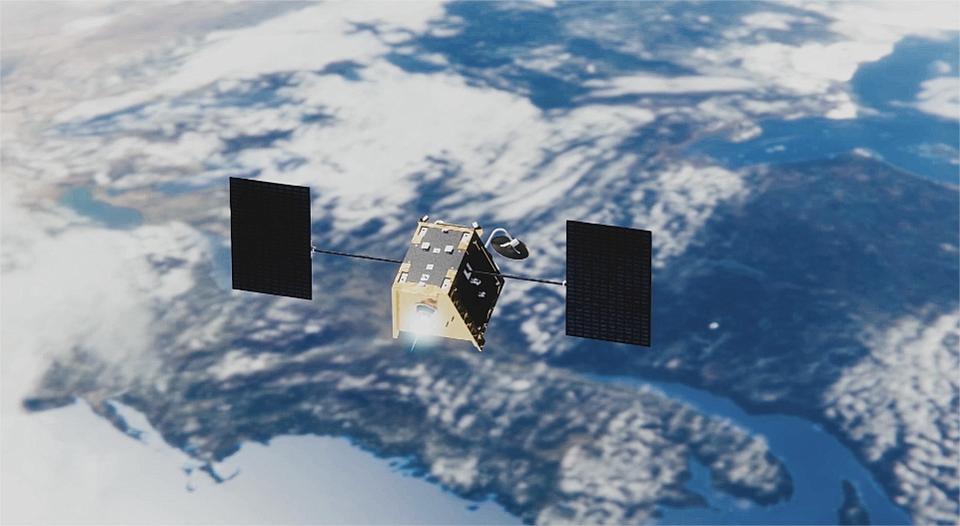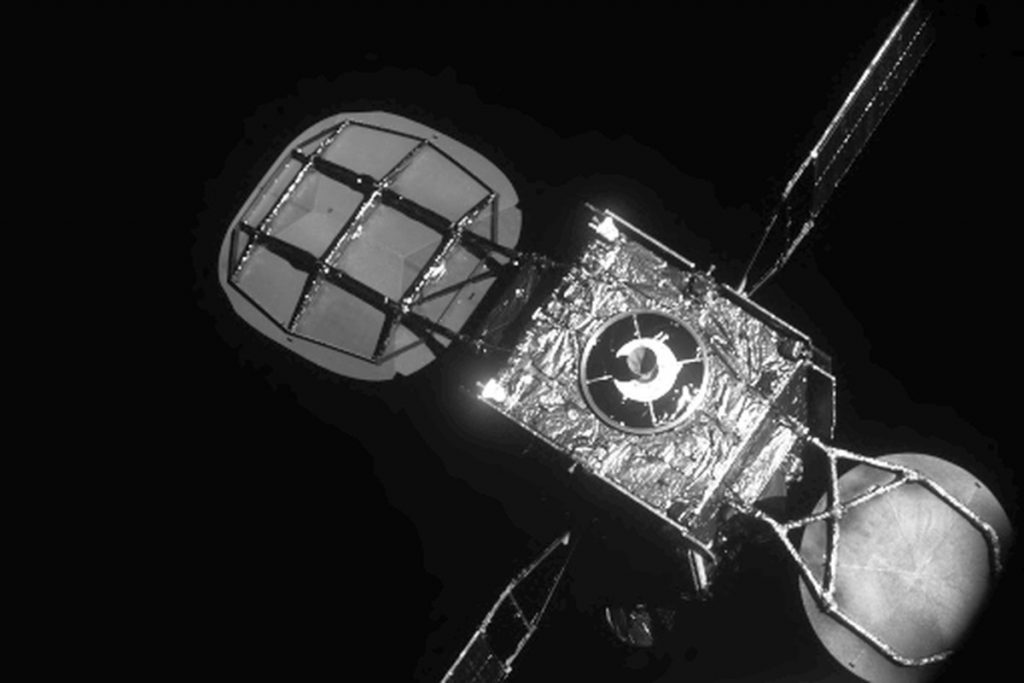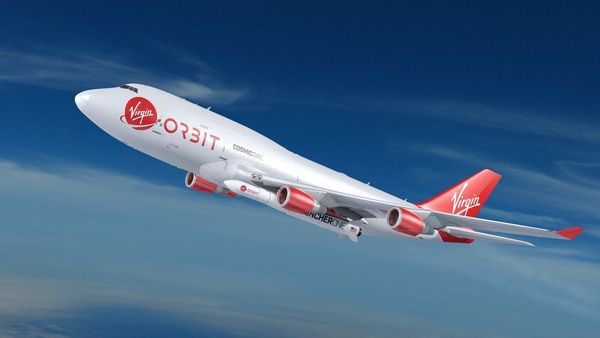SpaceX gets U.S. approval to deploy up to 7,500 satellites
The US Federal Communications Commission i.e., FCC approved SpaceX proposal to deploy approximately 7,500 satellites on Thursday but put several other judgments on hold.

Starlink, a rapidly expanding network of over 3,500 low-Earth orbit satellites, has thousands of users across the United States thus far, with customers paying a minimum of 599 USD ‘for a user terminal as well as 110 USD per month for service. In 2018, the FCC approved SpaceX’s plans to launch up to 4,425 first-generation satellites.
Read More: Neuralink brain chip to begin human trials in 6 months
SpaceX has applied for permission to function a network of 29,988 satellites known as the “second-generation” or Gen2 Starlink constellation, which will transmit internet to areas that have limited or no internet access.
The FCC denied SpaceX’s entire application, which included the deployment of approximately 30,000 satellites in low Earth orbit, and imposed conditions on the firm’s plan to deploy the satellites. It postponed the decision to initiate launching the full number of applications.
“Our action will allow SpaceX to begin deployment of Gen2 Starlink, which will bring next-generation satellite broadband to Americans nationwide,” the FCC said in its approval order, adding it “will enable worldwide satellite broadband service, helping to close the digital divide on a global scale.”
The FCC said its decision “will protect other satellite and terrestrial operators from harmful interference and maintain a safe space environment” and protect “spectrum and orbital resources for future use.”
Source: reuters.com
A U.S. appeals court backed the FCC’s 2021 decision to allow SpaceX’s plan to deploy some Starlink satellites in a lower Earth orbit just as scheduled as the portion of its push to offer space-based broadband internet service.
In September, SpaceX filed a lawsuit against the FCC for denying it 885.5 million USD in rural broadband subsidies. Starlink’s technique has real promise according to FCC Chairwoman Jessica Rosenworcel, but it is unable to meet the program’s requirements, citing data showing a gradual decline in the rate of speed over the past year and casting the service’s price as too high for consumers.

I am a student pursuing my bachelor’s in information technology. I have a interest in writing so, I am working a freelance content writer because I enjoy writing. I also write poetries. I believe in the quote by anne frank “paper has more patience than person









